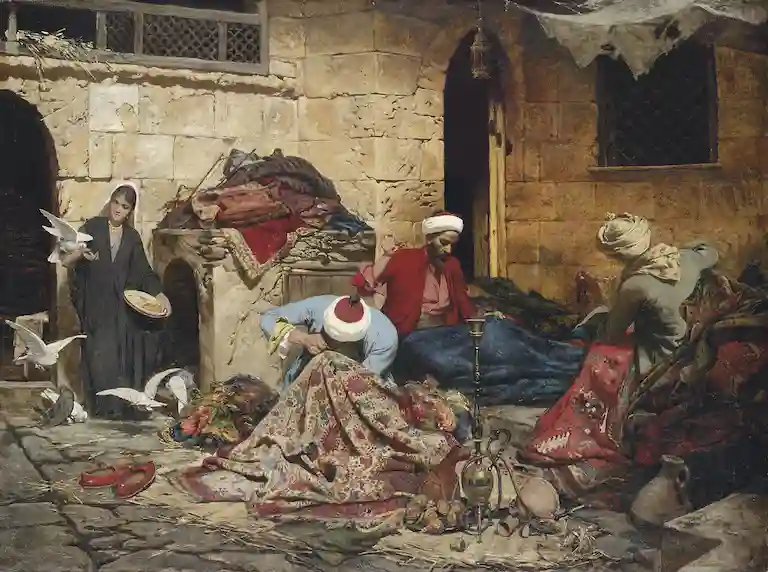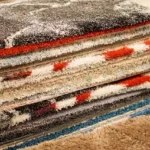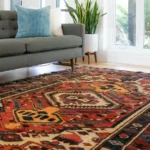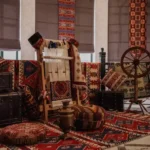Carpets and rugs have a long and storied history, tracing back over 2,500 years. From Ancient Persian dynasties to European tapestries to colonial American handicrafts, rugs provide a unique perspective into the cultures and artistic traditions of civilizations worldwide. By examining the evolution of rug and carpet making throughout the centuries, we can better understand the development of human society.
The Origins of Carpet Weaving
The first evidence of rugs dates back to 500 BC in Ancient Persia, modern day Iran, where nomadic tribes wove carpets from wool and vegetable fibers. These early adornments featured geometric patterns and symmetric motifs inspired by tribal costumes. Persian rugs utilized traditional weaving techniques like the Ghiordes knot which allowed for intricate, multi-colored patterns. Fine carpets became high-status goods that wealthy classes furnished their homes with as decorative floor coverings and wall hangings.
Persian rug weaving flourished under dynastic rule in the 16th and 17th centuries. Safavid and Mughal court workshops produced lavish, medallion-style rugs for palaces using silk, silver and gold threads. Design motifs such as scrolling vines, arabesques, and flowers were influenced by Persian gardens. Highly technical hand-knotting methods reached new artistic heights during this Persian Renaissance era.
The Arrival of Carpets in Europe
By the 13th century, European nobles and clergy had acquired a taste for beautiful, oriental Persian rugs. International trade brought these luxuries along merchant routes like the Silk Road. Gothic European paintings depicted intricate carpets on palace floors and tables. Towards the end of the Middle Ages, carpet weaving guilds even emerged in France, Spain, England, and Scandinavia.
In the 15th century, European tapestries reached their pinnacle under Renaissance rule. Belgian cities like Bruges, Brussels, Tournai, and Oudenaarde established renowned tapestry workshops. Verdant, flower-filled tapestries graced castle walls as both art and insulation against cold stone. The best medieval artisans designed tapestries woven from fine wool and silk with golden and silver accents.
Rug Weaving in the Colonial Americas
Textile crafts hold an important place in early American history. Settlers brought carpet making traditions from Europe and Britain to colonial America. Women wove carpets out of available materials like wool, flax and cotton on large floor looms. Traditional designs included checkerboard patterns, geometric florals, and medallions.
Flat woven kilim and braided rugs graced simple dirt floors in homesteads. Hooked rugs developed in the American northeast using cut fabric strips. Native American artisans like the Navajo crafted distinctive regional rug styles. Traditional materials included wool from their sheep herds dyed with pigments from desert flora. Intricate patterns incorporated tribal symbols, lunar cycles, and sand paintings.
The Industrial Revolution & Machine-Made Rugs
The 19th century Industrial Revolution transformed rug and carpet manufacturing. Innovations like the jacquard loom enabled complex woven designs. Mechanization increased factory outputs while reducing production costs. Intricate floral Axminster, Wilton, and Brussels carpets graced lavish Victorian era homes.
Later, the discovery of aniline dyes introduced vibrant new colors like magenta and turquoise. Increasing globalization spread exotic Turkish, Persian, and Indian rug designs across Europe and America. Traditional hand-knotted oriental rug making persisted in cottage industries despite industrialization. Affluent families furnished their homes with intricately woven heirlooms.
Rugs: 20th Century to Today
Over the 20th century, rugs and carpeting transitioned from luxuries to common home furnishings. Innovations like wall-to-wall carpeting and synthetic fibers like nylon, polyester, and acrylic opened mass markets. Rugs could now be mass-produced efficiently and affordably.
Art movements influenced modernist rug designs. Mid-century Scandinavian styles used simplicity, minimal patterns, and muted earth tones. Abstract expressionism inspired painterly, free-form motifs. Custom handmade rugs sustained tradition alongside increasing commercialization.
Today, area rugs remain popular floor coverings that define spaces while adding comfort underfoot. Trends combine classical and contemporary patterns, textures, and materials. Handcrafted rugs made using ancient techniques connect us to humanity’s rich artistic heritage of carpet weaving passed down through the centuries. Rugs continue enclosing our lives with beauty, meaning, and tradition.



